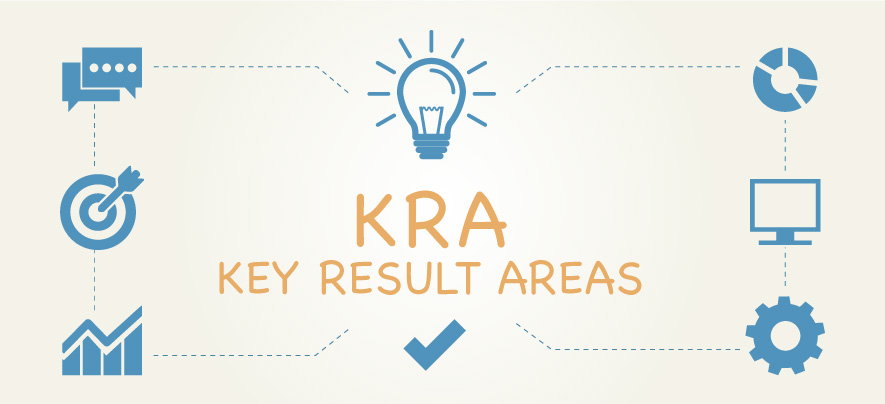What Period Should KRAs Be Written For?

Employment & HR
511 week ago — 3 min read
Thought a bit of a jargon, KRAs simply mean Key Result Areas or similar. They can be attached to a role or a team member basically defining the performance expectations. Contrary to what most HR professionals might tell you, KRAs are not the first definition of performance area. Your job advert that resulted in the hiring of the member is actually the first communication. So if your job definition was appropriate, even without defining KRAs, you have defined performance expectations.
In that sense KRAs reiterate the same first communication, thought now in a bit detailed fashion. KRAs tell how different expectations are stacked in terms of their importance and how will the performance get measured.
When writing KRAs, you’ll get to the stage of defining measurement method and that’s when you’ll wonder “What should be the period for which I define KRAs?” The reason this is the question is because of conflict between and Manageability, much like Heisenberg’s uncertainty principle, like say VM=C, C being the constant of un-manageability.Your business visibility increases by shortening the period of performance but your ability to manage the process of goal setting and reviewing decreases as you shorten the period which increases review frequency. This is not all, there is another challenge you will deal with, and change in goals are more frequent for some roles than the other. A common KRA period aggravates that problem and does not take into account goal changes.
Here is one way you can deal with this challenge, apart from many other ways you can invent.
Separate KRAs from Goals at the concept level itself. Let KRAs be the direction provider and let Goals be the “would be measured” entity. You can call them KPIs (Key Performance Indicators) as long as you don’t directly make them subordinate to KRAs from period perspective. Now set up goal review cycle first, monthly, quarterly, six monthly or annual, based on your manageability conditions. Different departments can have different cycles, though manageability would be the constraint to factor in. This ensures that your Goal periods are built bottom up and would provide for greater target accuracy apart from greater flexibility to alter goals.
With short term goal cycles taken care of, you are free to let KRAs drive strategic direction by contributing to organisation design vis-a-vis business plan scoping some 3 years horizon or beyond. You still can write annual KRAs that sync with your annual operating plans.
Let KRAs drive your job definitions, hiring process, evaluation and training structure for long runs, while Goal cycles run your performance measurement for short sprints.
Feel free to argue, even Heisenberg didn’t sell it without a fight :)
Link: http://www.plughr.com/blog/what-period-should-kras-be-writen-for/
Posted by
Prashant BhaskarFounded plugHR as a unique subscription based HR model that got adopted rapidly across small and mid sized businesses across industries. Finalist at Red Herring100 Asia, winner of...
Network with SMEs mentioned in this article
View Prashant 's profile
Most read this week











Comments (4)
Share this content
Please login or Register to join the discussion